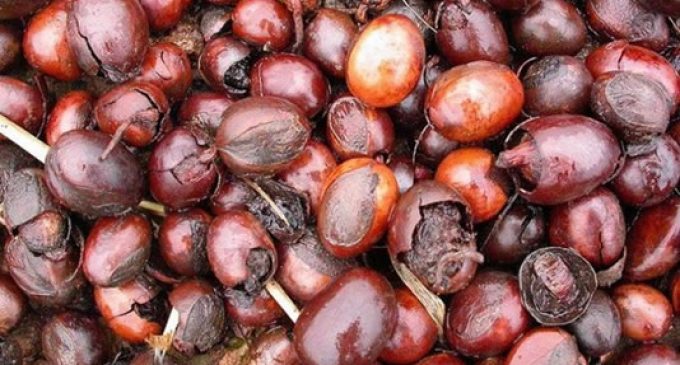Cocoa butter equivalent demand rising rapidly, says Global Shea Alliance

Cocoa butter is estimated to be the fat source for around 40% of chocolate bars compared to 5% for cocoa butter equivalents (CBE) – but the balance could be shifting.
According to the Global Shea Alliance, confectioners are increasingly replacing cocoa butter with CBEs derived from a mix of shea stearin and palm mid fraction, due to reduced cost, functionality and improved sustainability.
CBE use up 10% per annum
Joseph Funt, managing director of not for profit organization Global Shea Alliance told ConfectioneryNews: “While growth in chocolate was at about 3-4% per annum annual growth in demand for CBEs was about 10%.”
Shea nut volumes stand at 250,000–300,000 metric tons per year and have increased tenfold in the past ten years.
“Increase in demand has come from all areas: Confectionery and cosmetics,” said Funt.
Shea butter is generally associated with the cosmetics industry; but between 85 and 90% of all shea butter exported goes in food products, not cosmetics. Most is used in CBEs for chocolate or confectionery coatings and fillings from suppliers including AAK, IOI-Loders Croklaan, Olam, ADM-Wilmar, Fuji Oils and The Nisshin Oillio Group.
Price & Functionality
“A lot of people use CBEs because of price and functionality,” said Funt. CBEs cost around 60-70% less than cocoa butter.
The ingredient has been touted to improve shelf life in chocolate and to provide a texture with superior snappiness.
Shea Expert Peter Lovett said: “Functionality is definitely better since you can modify your melting curves and get the ‘exact quality’ you require in comparison with cocoa butter.”
“It doesn’t impact the flavor profile,” said Funt. Lovett added that highly experienced tasting panels cannot tell the difference.
CBEs also give the chocolate a higher melting point, which could be beneficial for brands selling in tropical climates.
Shea growing
Shea trees grow all the way from West to East Africa, but West Africa is the principal growing area because the stearin content – which is needed to make CBEs – is higher in the region.
“There are no plantations for shea – they grow in the wild,” said Funt. 30-40% of shea trees grow in the bush.
Funt insisted there was ample supply, but one worry is that people are not planting the trees because they take around 15 years to bear fruit.
This leaves a huge need to preserve those that do exist because trees are often chopped down for charcoal. The Global Shea Alliance is currently developing a sustainability program that includes quality standards for shea nuts.
Labor: Benefits to women
Shea processing is dominated by women, with around 16 million females working in the industry.
The cocoa industry by comparison is dominated by men and has been criticized for excluding women. Around 1.7 million children are also known to work in cocoa related activities in the Ivory Coast and Ghana, according to a study by Tulane University.

Around 16 million women work collect shea nuts in West Africa. Photo Credit: Global Shea Alliance.
A 2011 study by US Aid found that for every 1 MT of shea nuts purchased from farmers at $220/MT, $128 of additional household income is created in the regional economy.
However, in spite of the sustainability benefits of shea, shea stearin accounts for only 20-40% of CBE, which is mainly comprised of palm mid-fraction. Palm sustainability is a whole different ball game. Cheaper CBEs could also be argued to be threatening the livelihoods of those working in cocoa farming.
Fairtrade International and IMO Fair For Life provide shea certification – but this is mainly due to the cosmetics industry and is still very small.
Labeling & regulation
The EU has restricted CBEs to a maximum 5% of the chocolate. CBEs in Europe are generally labelled ‘vegetable fats’, ‘vegetable oil’ or ‘non-cocoa-butter fats’. An EU rule change set for December 2014 will require specific ingredients in the cocoa butter to be listed i.e. shea.
In European countries brands can still call the finished product ‘chocolate’ – however this is not the case in the US.
While CBEs are permitted in the US, alternative label such as ‘chocolate flavoured coating’ must be used.



































